Burns cause skin loss, and fast replacement of the injured skin is required for post-burn reconstruction to speed healing. A biologically active dermal regeneration template (DRT) scaffold can partially regenerate adult skin. These sponge-like scaffolds are typically made from animal collagen and have a thin silicon sheet on top, making them biodegradable during the regenerative process. However, complete regeneration of adult skin has yet to be achieved experimentally.
A two-step process is required when using DRTs to address skin loss. A DRT is transplanted into skin loss after a wound has been surgically debrided and prepped (first step). The Template offers the necessary framework for the blood vessels and dermal skin cells to regrow into a new dermal skin layer when applied to a region where burnt or damaged skin has been removed. After 2-3 weeks, the outer silicon layer peels off, and the second phase involves carefully applying a split-thickness (autologous) skin transplant to cover the fresh tissue.
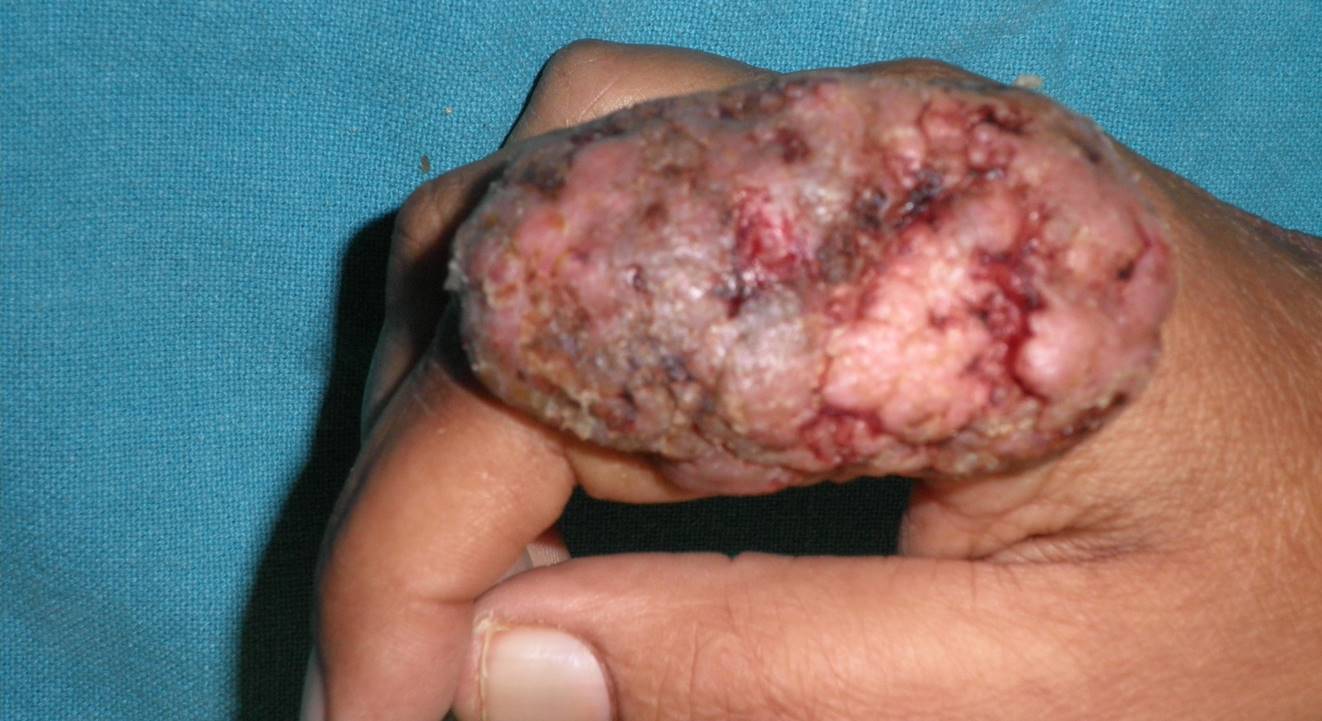
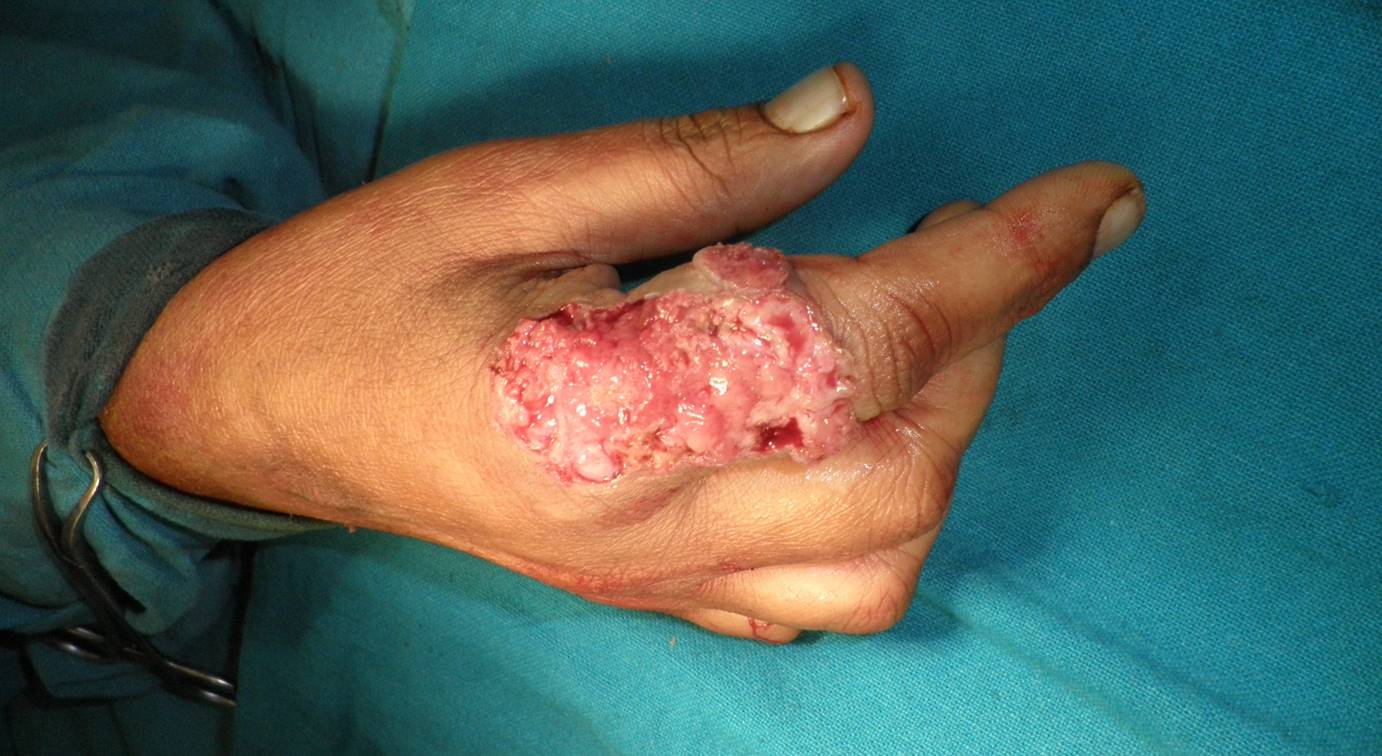
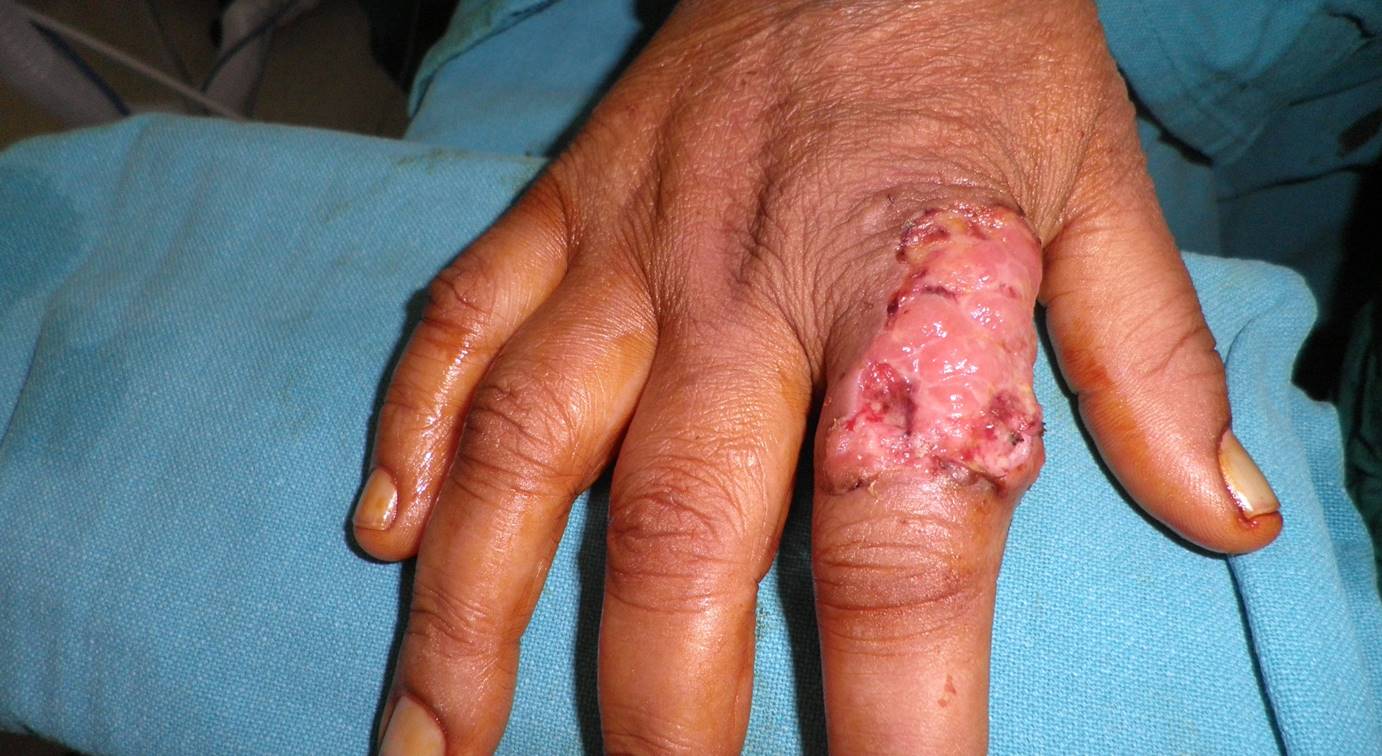
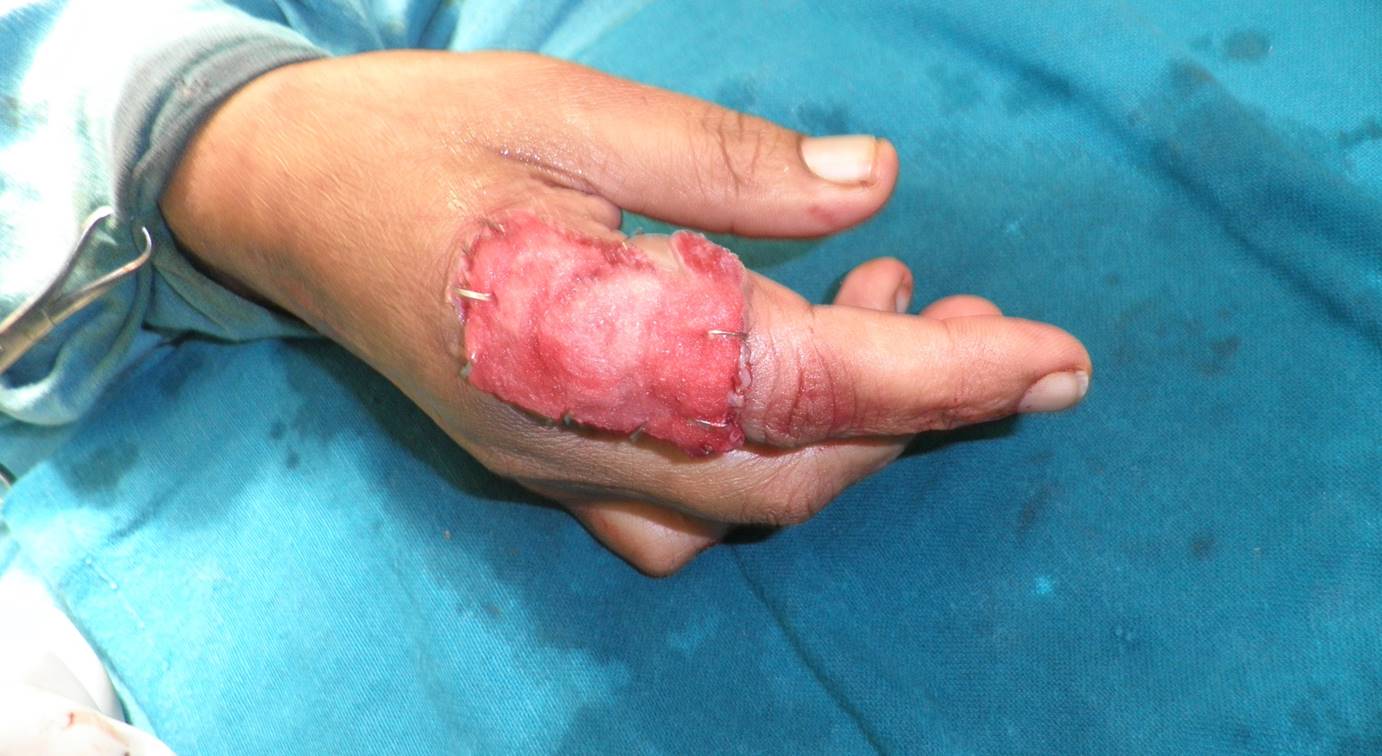
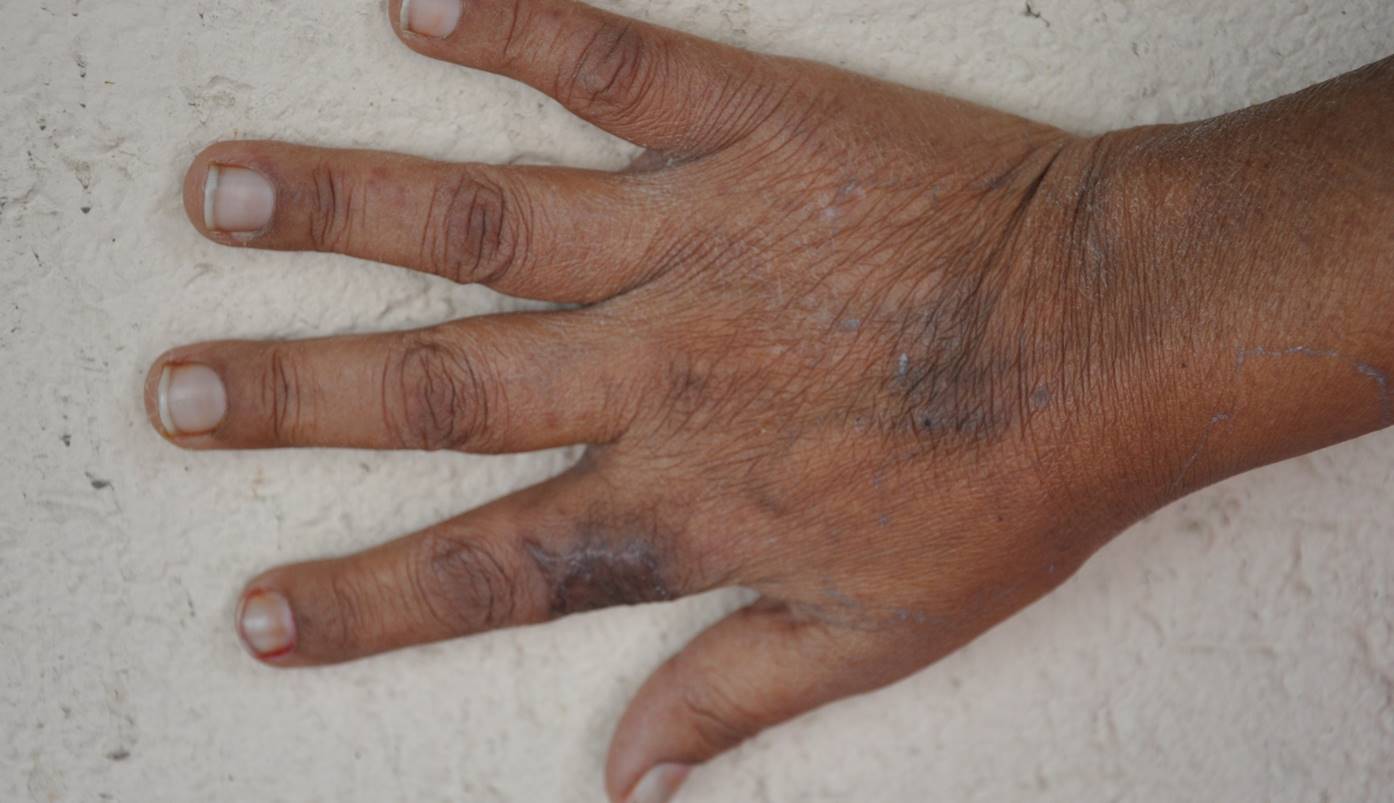
A pure biosynthetic, acellular dermal replacement is Integra Dermal Regeneration Template. A two-layer skin regeneration system is the Integra. A thin silicone film that serves as the skin's epidermis makes up the outer layer. In addition to preventing infection, it regulates heat and moisture loss from the region. A complex matrix of cross-linked bovine collagen fibers makes up the inner layer. A functioning dermal layer of skin can regrow a porous substance's role as a scaffold for repairing dermal skin cells.
Once the dermal skin recovers, the silicone outer layer is eliminated and replaced with a thin epidermal skin transplant. Integra is the first FDA-approved skin substitute permitted for use in both full- and partial-thickness burn wounds. Apart from Integra, many other dermal regeneration templates are available now and they help in early healing of wounds.
This dermal regeneration template has several benefits, including rapid wound closure, which prevents fluid loss and restores the skin's functional barrier. Integra is recommended for the treatment of pressure ulcers, venous ulcers, diabetic ulcers, partial and full-thickness wounds, as well as chronic vascular, surgical, and traumatic wounds. Patients with burn or bovine collagen allergies should not use it.
Additionally, it can be utilized to treat complicated wounds and contractures. Increased thickness and durability, improved mobility and cosmesis, decreased recurrence of contractures and keloids, and the ability to cover exposed tendons, muscles, and joints without the need for skin flaps are the real benefits of treating wounds with this dermal Template and subsequent skin graft as opposed to skin graft alone. According to some research, complex wounds may heal more quickly and easily with Integra when VAC subatmospheric pressure is used. Negative pressure has reduced the morbidity associated with normal dressings by enabling grafting a week following template implantation with no interval dressing changes.
Dr. Anup Dhir has 40 years of practice. He is one of the fewest skin regeneration specialists in Delhi, who has helped many patients achieve their cosmetic goals. Dr. Dhir is renowned for his cutting-edge methods and dedication to giving his patients the finest outcomes.
Dr. Anup Dhir is ideal if you're thinking about dermal regeneration.Fix an appointment now!

Leave a request to connect to Dr. Anup Dhir for an Appointment.